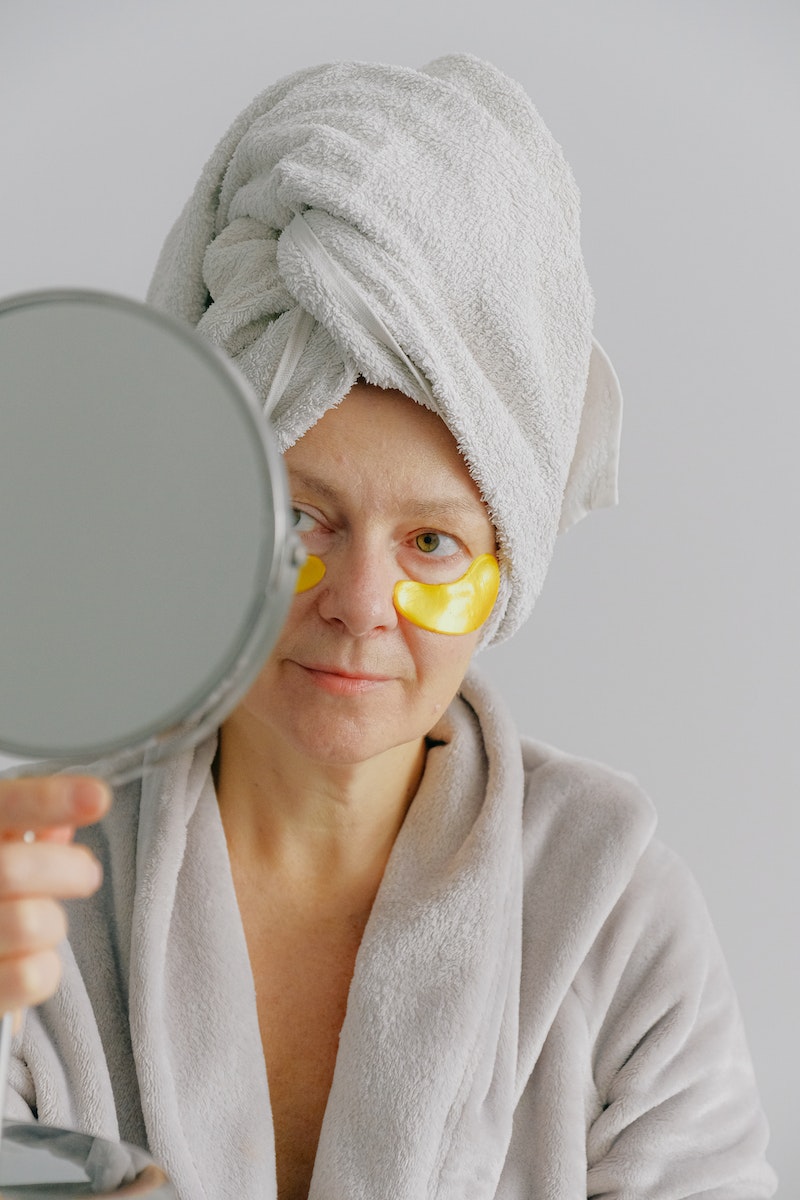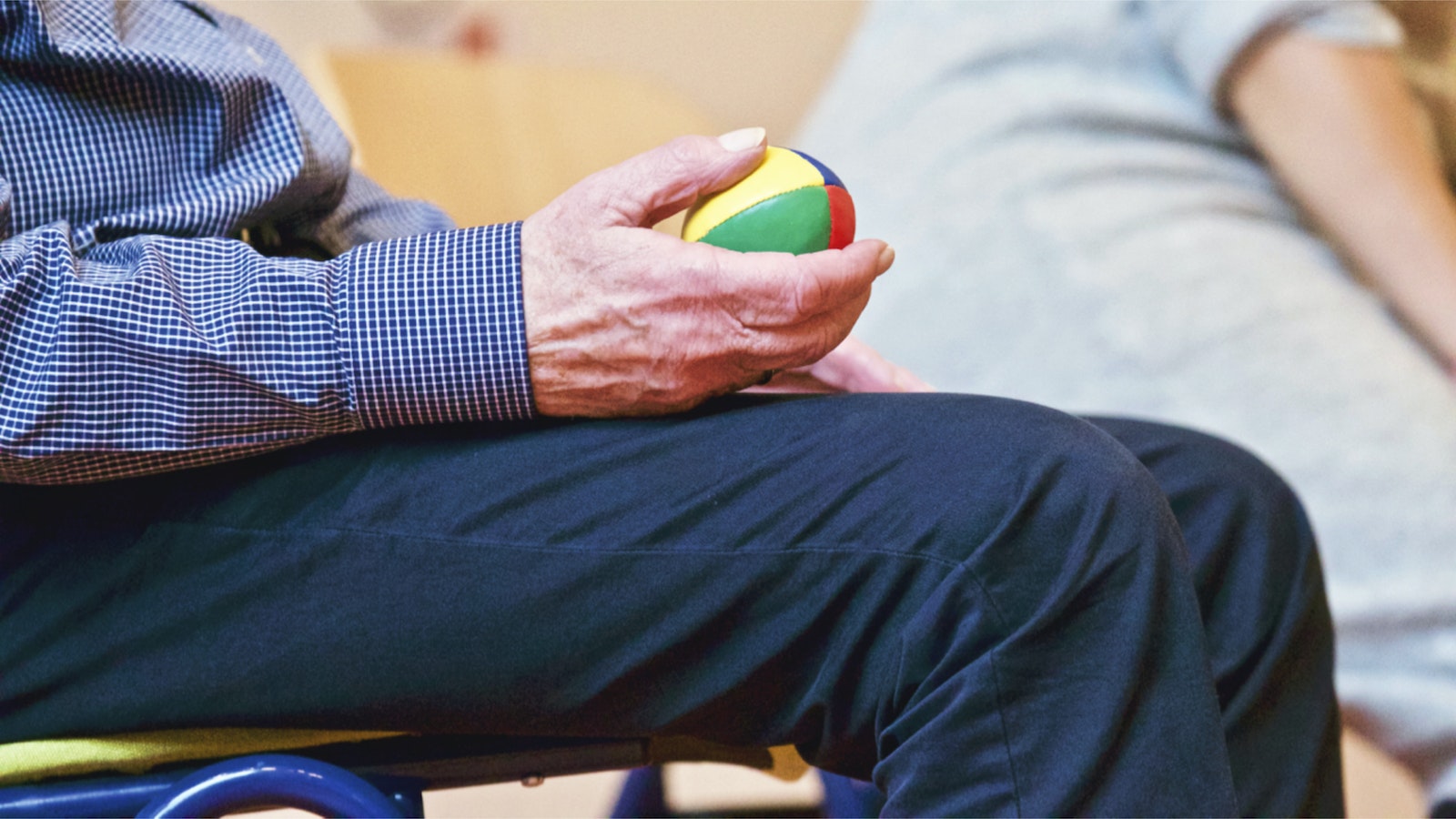Monitoring and improving sleep quality has become increasingly important in today’s fast-paced and demanding world. The quality of our sleep directly affects our physical and mental well-being, productivity, and overall quality of life. To cater to this growing need, advanced technologies have emerged, offering innovative solutions to help individuals track and optimize their sleep. One such groundbreaking advancement is the use of bed-based sensors for smart sleep monitoring. In this article, we will explore the benefits and features of bed-based sensors and how they can contribute to restful nights and improved sleep patterns.
Understanding Bed-Based Sensors
Bed-based sensors refer to a specialized system that utilizes various sensors and technologies integrated into the bed itself. These sensors are designed to monitor and collect data related to sleep patterns, body movements, heart rate, breathing rate, and even snoring. The collected data is then analyzed to provide valuable insights into sleep quality and patterns.
The technology behind bed-based sensors ranges from pressure-sensitive mats embedded within the mattress to smart fabric or even contactless sensors that can track specific sleep-related parameters. These sensors are typically connected to a central control unit, which processes the data and presents it in a user-friendly format.
Bed-based sensors offer a range of benefits that contribute to improving sleep quality and overall well-being:
Benefits of Bed-Based Sensors
- Accurate Sleep Monitoring: Bed-based sensors provide a comprehensive and accurate overview of your sleep patterns and quality. By capturing data directly from your bed, these sensors eliminate the need for wearing uncomfortable devices or relying on self-reporting, ensuring precise and reliable data collection.
- The accurate data collected by bed-based sensors allows for a deeper understanding of your sleep patterns, including the duration and quality of each sleep stage.
- This precise monitoring enables you to identify any irregularities or disruptions in your sleep, such as frequent awakenings or insufficient deep sleep.
- Non-Intrusive Tracking: Unlike wearable sleep trackers or devices, bed-based sensors are non-intrusive and seamlessly integrated into your existing sleep environment. This enables you to sleep naturally, without any additional discomfort or inconvenience.
- With bed-based sensors, there is no need to wear any devices or remember to charge them regularly. The sensors work silently in the background, ensuring an undisturbed sleep experience.
- The non-intrusive nature of these sensors allows for a more accurate representation of your sleep patterns, as you are not consciously altering your sleep behavior due to the presence of a wearable device.
- Real-Time Insights: Bed-based sensors offer real-time feedback on your sleep quality, allowing you to make immediate adjustments to optimize your sleep environment or address any potential issues. This timely information empowers you to take proactive steps towards improving your sleep patterns.
- By receiving real-time insights on your sleep quality, you can identify factors that may be affecting your sleep negatively, such as room temperature or noise levels.
- With this information, you can make necessary adjustments to create an optimal sleep environment, leading to more restful nights and improved overall sleep quality.
- Comprehensive Sleep Reports: The data collected by bed-based sensors is analyzed and presented in detailed sleep reports. These reports provide valuable insights into sleep duration, sleep stages, heart rate variability, and respiratory patterns. Armed with this information, you can identify potential sleep disturbances and seek appropriate remedies.
- The comprehensive sleep reports generated by bed-based sensors offer a detailed breakdown of each sleep stage, allowing you to understand the distribution and quality of your sleep throughout the night.
- The reports also highlight any notable variations in heart rate variability and respiratory patterns, which can indicate potential health concerns or sleep disorders that require further attention.
- Personalized Sleep Recommendations: Some bed-based sensor systems incorporate artificial intelligence algorithms to generate personalized sleep recommendations. These recommendations can include optimizing your sleep schedule, adjusting room temperature, or even suggesting relaxation techniques to enhance your sleep quality.
- With the help of artificial intelligence, bed-based sensors can analyze your sleep data and provide tailored recommendations to improve your sleep.
- These recommendations take into account your unique sleep patterns and preferences, allowing for a personalized approach to optimizing your sleep environment and routine.
The features offered by bed-based sensors further enhance the benefits and utility of these systems:
Features of Bed-Based Sensors
- Sleep Stage Analysis: Bed-based sensors can accurately identify and analyze different sleep stages, including light sleep, deep sleep, and REM sleep. This information helps you understand your sleep architecture and identify any irregularities or disruptions.
- Sleep stage analysis allows you to gain insights into the quality and duration of each sleep stage, helping you identify any imbalances or disturbances that may be affecting your overall sleep quality.
- By understanding your sleep architecture, you can make informed decisions to improve the balance and quality of each sleep stage, leading to more restful nights and improved overall well-being.
- Sleep Score Assessment: Many bed-based sensor systems provide a sleep score that quantifies the quality of your sleep. This score is derived from a combination of factors such as sleep duration, sleep efficiency, and the number of awakenings. It serves as a useful benchmark to track your sleep improvements over time.
- The sleep score provided by bed-based sensors offers a tangible measure of your sleep quality, allowing you to track your progress and identify areas for improvement.
- By regularly monitoring your sleep score, you can evaluate the effectiveness of any interventions or adjustments made to your sleep routine, ensuring continuous improvement in your sleep quality.
- Smart Home Integration: Some bed-based sensor systems can integrate with your smart home devices, enabling you to automate aspects of your sleep environment. For example, based on your sleep analysis, the system can adjust the room temperature or control the lighting to create an optimal sleep environment.
- Smart home integration enhances the overall sleep experience by automating environmental factors that can impact sleep quality.
- By seamlessly integrating with smart home devices, bed-based sensors contribute to creating a sleep-friendly environment that optimizes factors such as temperature, lighting, and sound, promoting better sleep hygiene.
- Compatible Mobile Apps: Bed-based sensor systems often come with user-friendly mobile apps that allow you to conveniently access your sleep data, receive personalized insights, and set sleep goals. These apps can also provide relaxation techniques or guided meditations to help you unwind before bed.
- The availability of mobile apps makes it easy to access and interpret your sleep data on-the-go, ensuring you can make informed decisions about your sleep routine wherever you are.
- These apps can also provide additional resources such as relaxation techniques or guided meditations to help you relax and prepare for sleep, further enhancing your overall sleep experience.
- Long-Term Sleep Trends: By continuously tracking and analyzing your sleep patterns over an extended period, bed-based sensors can identify long-term trends and patterns. This information can help you identify the effectiveness of any sleep interventions you may have implemented and make informed decisions about your sleep habits.
- The ability to track long-term sleep trends allows you to monitor the impact of any changes made to your sleep routine or environment over time.
- By identifying long-term trends, you can evaluate the effectiveness of specific interventions and adjust your sleep habits accordingly, ensuring sustained improvements in sleep quality and overall well-being.
Conclusion
Incorporating bed-based sensors into your sleep routine can provide a wealth of information and insights into your sleep quality and patterns. By leveraging advanced technologies, these sensors offer accurate and non-intrusive sleep monitoring, real-time feedback, and personalized recommendations. With the ability to track sleep stages, assess sleep scores, and integrate with smart home devices, bed-based sensors are revolutionizing the way we understand and optimize our sleep. Embrace the power of smart sleep monitoring and enjoy restful nights for a healthier and more rejuvenated life.
FAQs
1. What are bed-based sensors?
Bed-based sensors refer to specialized systems that utilize various sensors and technologies integrated into the bed itself to monitor and collect data related to sleep patterns, body movements, heart rate, breathing rate, and snoring.
2. What are the benefits of bed-based sensors?
The benefits of bed-based sensors include:
- Accurate sleep monitoring without the need for uncomfortable devices or self-reporting.
- Non-intrusive tracking that seamlessly integrates into your sleep environment.
- Real-time insights on sleep quality for immediate adjustments.
- Comprehensive sleep reports that provide valuable insights into sleep duration, stages, and potential disturbances.
- Personalized sleep recommendations based on artificial intelligence algorithms.
3. What features do bed-based sensors offer?
Bed-based sensors offer the following features:
- Sleep stage analysis to identify and analyze different sleep stages.
- Sleep score assessment to quantify the quality of sleep.
- Smart home integration to automate aspects of the sleep environment.
- Compatible mobile apps for convenient access to sleep data and personalized insights.
- Long-term sleep trends tracking to monitor the effectiveness of sleep interventions over time.
4. How can bed-based sensors improve sleep quality?
Bed-based sensors improve sleep quality by providing accurate monitoring, real-time feedback, and personalized recommendations. They help identify irregularities or disruptions in sleep, optimize the sleep environment, and track the effectiveness of sleep interventions over time.





